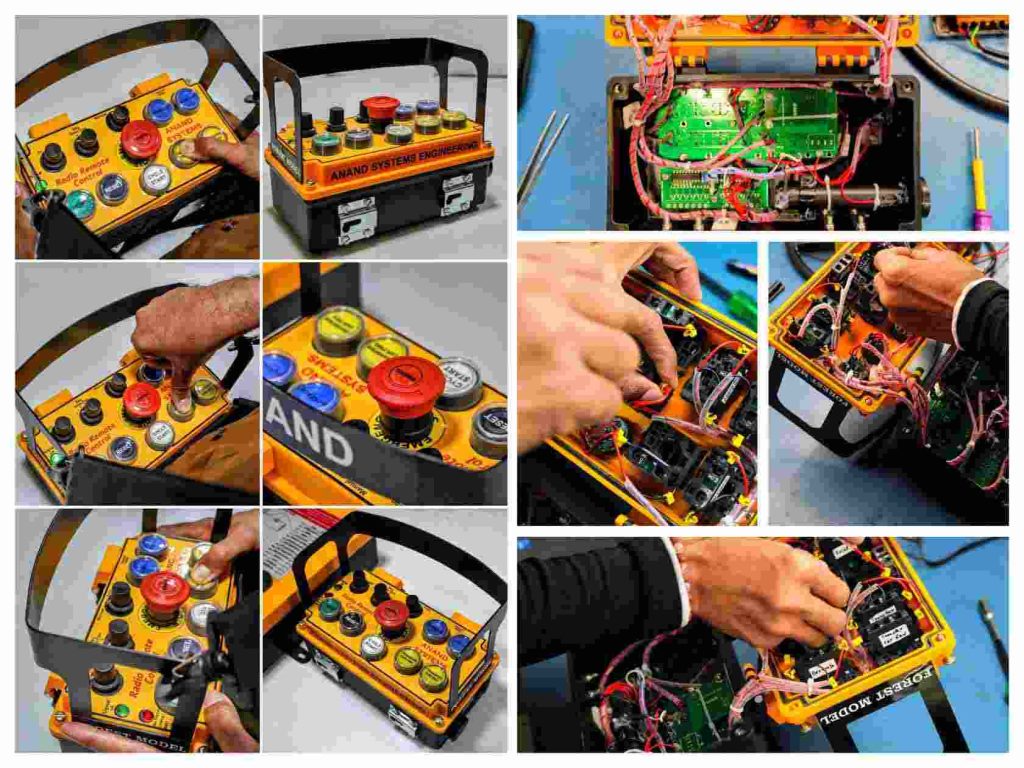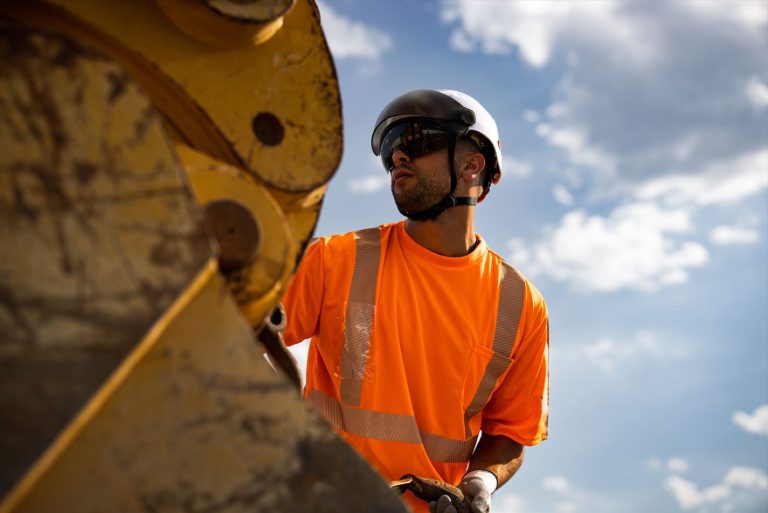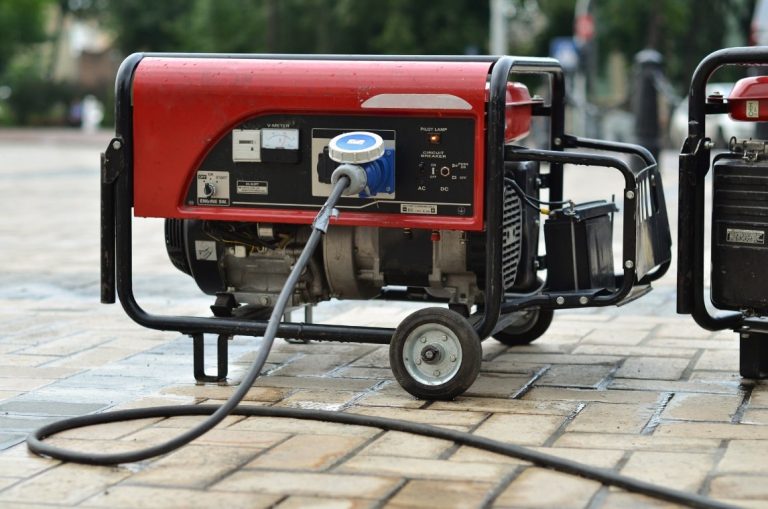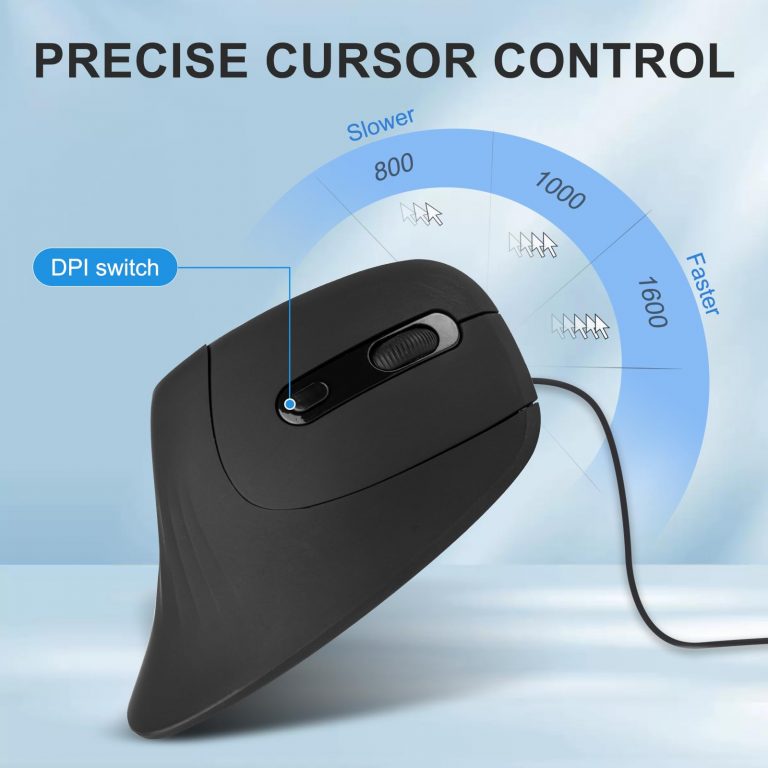
Crane Control Systems Enhancing Safety and Efficiency
Crane control systems have revolutionized the construction and material handling industries by automating and improving the operation of cranes. These advanced systems enhance safety, efficiency, and precision, making crane operations more reliable and productive.
Components of Crane Control Systems
- Sensors: Various sensors, such as load cells, inclinometers, and wind speed sensors, provide real-time data about the crane’s operation and the surrounding environment.
- Controllers: Powerful microcontrollers or computers process sensor data and control the crane’s movements based on pre-programmed algorithms.
- Human-Machine Interface (HMI): An operator interface that allows the crane operator to monitor the system’s status, input commands, and receive alerts.
- Actuators: Hydraulic or electric actuators that convert electrical signals from the controller into mechanical movements to control the crane’s boom, hoist, and other components.
Benefits of Crane Control Systems
- Enhanced Safety: Crane control systems can help prevent accidents by providing real-time monitoring of load weights, boom angles, and other critical parameters. They can also implement safety interlocks to prevent dangerous operations.
- Increased Efficiency: Automation and precision control can significantly improve crane operating efficiency, reducing downtime and increasing productivity.
- Improved Accuracy: Crane control systems can ensure accurate positioning and movement of loads, reducing the risk of damage to equipment or structures.
- Remote Operation: Some crane control systems allow for remote operation, enabling operators to control the crane from a safe distance.
- Data Collection and Analysis: Crane control systems can collect and analyze data on crane operations, providing valuable insights for maintenance, troubleshooting, and performance optimization.
Types of Crane Control Systems
- Wired Control Systems: Traditional systems that use wired connections between the controller and the crane’s components.
- Wireless Control Systems: Modern systems that use wireless communication technologies, such as radio frequency (RF) or Bluetooth, for remote control and data transmission.
Crane control systems have become an indispensable tool for modern construction and material handling operations. By enhancing safety, efficiency, and precision, these systems contribute to safer and more productive workplaces. As technology continues to advance, we can expect to see even more sophisticated and innovative crane control systems in the future.







